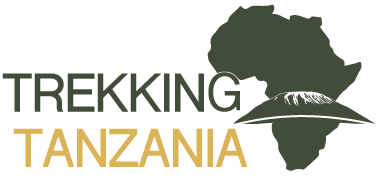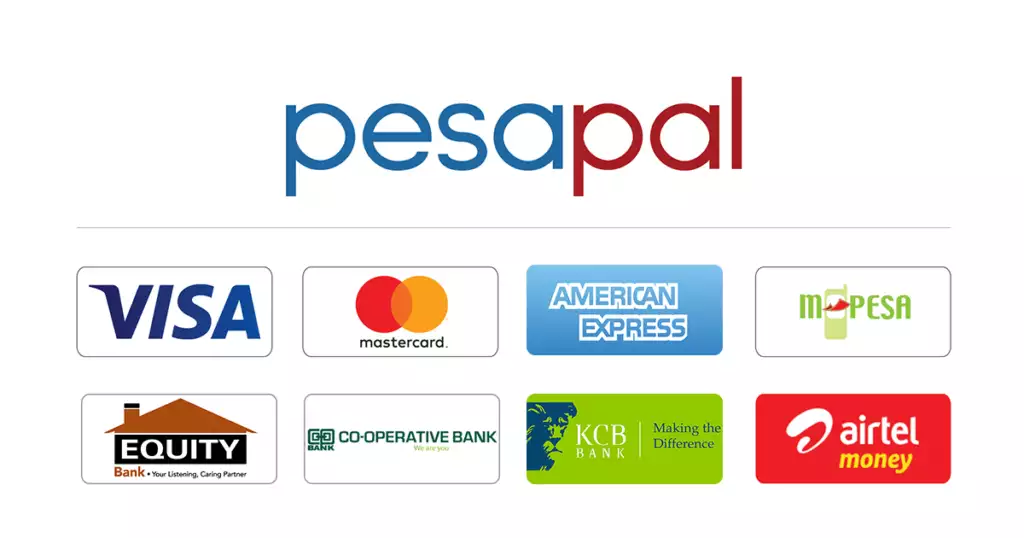Climbing Mount Kilimanjaro FAQs
What is climbing Kilimanjaro really like?
No matter where you are in the planning stages, it’s an extremely useful watch as you:
- Meet the mountain crew who make this magnificent once-in-a-lifetime experience possible.
- Watch the team trek through five unique ecosystems.
- And find out what it really takes to conquer one of the world’s greatest natural wonders.
How do I get to Mount Kilimanjaro?
Tanzania has three major international airports:
- Dar es Salaam (DAR)
- Zanzibar (ZNZ)
- Kilimanjaro Airport (JRO)
The latter is the most convenient for Kilimanjaro, sitting only 42 km away from the mountain town of Moshi and 50 km from Arusha.
In addition to flights to Tanzania, you may consider flights to Nairobi in Kenya, which is only a 5-hour shuttle bus ride to Arusha or a 1-hour plane ride to JRO.
Note, however, that by choosing to fly to Kenya you may need a multiple-entry Kenya visa (if you are flying out of Kenya, too, for example, and spend longer than a fortnight in Tanzania), which can cost as much as $122 – thereby reducing or eliminating any saving you may have made in airfares.
In deciding which flights to book, you should consider the full trip. For example, if you would like to spend a couple of days in Zanzibar after the climb, it might be best to book one-way tickets from your home to Kilimanjaro Airport for the climb, from Arusha to Zanzibar after the climb, and then from Zanzibar back to your home.
How many days early should I arrive?
We recommend arriving one day early (called “arrival day”). This will give you time to relax, meet your fellow trekkers, and get a proper briefing before the climb starts.
We do know, however, that traveling to Kilimanjaro can be a challenge and so we will accommodate your arrival time as best we can (for example, if you arrive only late at night the day before the climb starts).
Do I need a visa for Tanzania?
You will need a passport that is valid for at least six more months as well as a flight card which you will receive on the plane. Finally, you need a Tanzanian visa. US, Canadian, British, and most European citizens can simply obtain their visas upon arrival at the airport.
The cost is $100 for US passport holders and $50 for others. If you are a citizen of a different country, please check with your embassy if you can obtain a visa upon arrival.
What vaccinations do I need?
There are no specific vaccine requirements for entry into Tanzania. However, be aware that the Government of Tanzania requires proof of yellow fever vaccination upon arrival if you are traveling from a country with a risk of yellow fever.
We suggest you talk to your doctor about getting the following vaccinations (which are standard in developed countries): Hepatitis A & B, typhoid, yellow fever, tetanus, polio, MMR (measles, mumps, and rubella), and meningococcal meningitis (Africa and Asia). Please check the Fit For Travel website for more up-to-date information.
Which is the best route?
There are seven different Kilimanjaro routes up the mountain.
We recommend the eight-day Lemosho, seven-day Machame, and nine-day Northern Circuit routes. These routes offer the best balance of a high success rate and beautiful scenery.
How hard is it to climb Kilimanjaro?
Kilimanjaro requires no technical climbing experience and any moderately fit person can summit the mountain. However, for most people, it will be one of the most difficult things they ever do in their lives.
When is the best time to climb?
Kilimanjaro is climbable all year round. The best months to climb, however, are July to October and December to February, as these are the warmest and driest months.
July, August, and September tend to be the busiest months on the mountain.
Another factor to take into consideration is the full moon: summiting Kilimanjaro on a cloudless evening is without a doubt an unforgettable experience.
Now imagine seeing the glaciers glitter in the moonlight – absolutely stunning. You can also submit the mountain to celebrate New Year’s Eve. Why not join us on a New Year’s Eve climb, a unique once-in-a-lifetime adventure?
What kind of food is prepared?
You’ll be provided with locally sourced, healthy, and nutritious meals cooked fresh every day by your cook and his assistant. Our menus have been carefully designed to ensure the food is delicious, easy to digest, and provides plenty of energy. Expect fresh veg, fruits, meat, nuts, and snacks along the way, as well as clean water throughout.
The primary carbohydrates of the meals are rice, potatoes, and pasta, as well as some meat. Fresh fruit and vegetables accompany every meal. Most meals will also have a selection of hot drinks like instant coffee, tea, and hot chocolate. You may want to bring some supplementary comfort foods, such as candy, gum, chocolate, health bars, and powdered energy drinks.
Can you cater to special diets?
Any special requests regarding your menu? No worries. We can accommodate vegetarian and vegan diets. For those with special diets, please contact us to discuss what we can or cannot do.
What kind of food is prepared?
You’ll be provided with locally sourced, healthy, and nutritious meals cooked fresh every day by your cook and his assistant. Our menus have been carefully designed to ensure the food is delicious, easy to digest, and provides plenty of energy. Expect fresh veg, fruits, meat, nuts, and snacks along the way, as well as clean water throughout.
The primary carbohydrates of the meals are rice, potatoes, and pasta, as well as some meat. Fresh fruit and vegetables accompany every meal. Most meals will also have a selection of hot drinks like instant coffee, tea, and hot chocolate.
You may want to bring some supplementary comfort foods, such as candy, gum, chocolate, health bars, and powdered energy drinks.
Can you cater to special diets?
Any special requests regarding your menu? No worries. We can accommodate vegetarian and vegan diets. For those with special diets, please contact us to discuss what we can or cannot do.
How do I shower and use the loo?
This is an outdoor adventure trip in the African wild. There are no showers on the mountain. Warm water will be supplied in a bowl and you will be able to wash your face and hands. For the rest, you can bring wet wipes.
At each campsite, we set up a private toilet tent that contains a plastic toilet. There are also simple, hole-in-the-ground public toilets (usually very dirty and not recommended).
If you need to use the bathroom on the trail, you will find a spot behind a tree or rock.
What is the climate like?
Due to the great elevation gain on a Kilimanjaro climb, you will experience all kinds of weather, from 30° C (86° F) on the plains surrounding Kilimanjaro all the way down to -7 to -29° C (20° to -20° F) at the summit. So ensure you are prepared and bring the right clothing!
What is the accommodation like?
During the climb, we sleep in three-person, four-season dome-style mountain tents, two people per tent. These tents are modern and have an outer flysheet and large vestibules where you can store your equipment during the night.
On the day before the trek (arrival day) and the day after the trek (departure day), we stay in a comfortable lodge set in spacious grounds shaded by banana trees near Arusha or Moshi. Both have stunning views, with lovely rooms and facilities to match.
We understand that coming from a week on the mountain, you want to treat yourself to a hot shower, great food, and maybe a good bottle of wine to celebrate!
How many people are in a typical group?
On our Kilimanjaro climbs, we aim to build groups of 6 to 10 fellow travellers, with 12 people being the limit. Our groups are typically made up of 20 to 35 years olds who are sociable people from around the world looking to share an unforgettable adventure with you.


